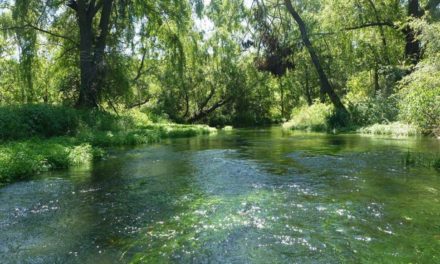Environmental Impact
There is another reason why these mammals are being spotted miles away from their hunting grounds – climate change. The warming of the Arctic region is twice as much as the global average, leading to melting sea ice which polar bears rely on. With the loss of ice, the species are forced to move further south. Another thing they rely on is a high-energy diet solely consisting of seals, however, as their environment is threatened, so is their main food supply. Moving south is a means of survival for the bears, a way of finding another food regime.
But the mammals are still under threat of extinction. The World Wide Fund for Nature (WWF) have estimated that there are about 22,000 to 31,000 polar bears left in the world. Scientists believe that by 2050, only a third of the polar bear population will still exist. The only solution available is to combat climate change effectively – and quickly – before irreparable damage is caused to the Arctic region. Otherwise, not only will it affect polar bears, but multiple other species and indigenous communities in the area.
Photo credit: The Guardian]]>
- Why is California So at Risk from Wildfires? - 13th November 2019
- Carbon Offsetting is Growing but Does it Make a Difference? - 11th November 2019
- Three Confirmed Dead as Australia Prepares for “Catastrophic” Bushfires - 11th November 2019






